The spectrum of human expressions is as vast as one’s imagination. A gateway to communication — albeit perhaps not always the most effective one — our expressions, whether real or forced, are a tool to convey and understand messages. In his book, The Expression of the Emotions in Man and Animals, naturalist Charles Darwin wondered whether human expressions are innate behaviours, similar to the rest of the animal continuum, and whether they are universal. Much later, favoured psychologist Paul Ekman would second the universality of facial expressions — but now, decades later, these are questioned for their methodologies, and hence, merit.
The expression of human emotions has always been integral to art, particularly sculpture, and for obvious reasons. Art is to be a reflection of conditions, whether they be of one’s surroundings, the people around them, the world at large, or even oneself. German-Austrian sculptor Franz Xaver Messerschmidt’s Character Heads series (1770–1783) stands out with its exaggerated expressions, almost comical in a sense, but true to the human emotion. Closer to home, the stretch of human emotion has been overt in several sculptures, as seen in the eloquently sculpted temples, dedicated to Hindu and Jain deities, in Khajuraho,.
With time, the expression of our emotions may have evolved ever so slightly, but ways of sculpting it — they grew exponentially. Recent years have seen a more contemporary take on sculpture as an art form — one, which at a certain point in Indian history, would be dismissed as peripheral. India’s shift to such a style, accompanied by stellar art, ought to bring up the Delhi-based clay sculpture studio, Claymen. Founded by Aman Khanna, Claymen is home to clay beings or characters that depict the human experience, emotions, and psyche in an utmost uncomplicated manner. Simplicity is the key for Aman — educated in graphic and information design, he aims to simplify complex information with visual tools. The human experience is as layered as it gets, and each Clayman breaks that down for the Indian audience.
“This approach resonates with a global audience, including those in India, as simplicity transcends cultural boundaries and speaks to the universal human experience,” Aman says. “By focusing on simple yet profound expressions and gestures, these figures convey emotions and stories that are easily understood and felt by everyone, regardless of their background.”
Into the process — inside the Claymen workshop
Observation of the world around him, and the manner in which humans respond to it are captured in his Claymen in a nuanced manner — no part exaggerated, and no part subdued. They seem to be a reflection of the human psyche, as well as a response to it, and sculpting these experiences for a global audience while maintaining the Indian niche is a balancing act. “The range of emotions experienced by human beings is universal. As a result, Claymen sculptures represent the human culture and condition in today’s world, speaking a universal language. Through the interaction between my sculptures and the audience, I aim to contribute to a broader conversation about our shared human condition.” Not only does this aid in bridging cultural gaps of the modern world, but also places emphasis on the everyday — the monotony, the featureless, and the routine. This is evident in his collections — in Big Hugs, the characters have the subtlest contempt on their faces as they hug each other, and in Keep Trying, they exude determination to get an activity right.
“I see my sculptures as characters, each with its own narrative, reflecting the complexities and nuances of life. These characters embody emotions, struggles, joys, and everyday moments, creating a visual language that communicates universally understood stories,” Aman says, when asked how he defines the relationship between his art and storytelling. The everyday experience is truly under-appreciated, but that’s where the opportunity to establish a deeper connection lies, and Aman capitalises on this common ground.
But the depiction of human emotions in art, especially where the idea is to really drive the message home, has been under a veil of patent detail and amplification, as was seen in Messerschmidt’s work. Claymen’s design sensibilities hark back to the world around Aman as he was growing up — for him, thoughts and words have a greater influence than existing forms. “[My upbringing] in small towns across India, where life was fairly simple and straightforward, is something I like to embody in my work at a subconscious level. Therefore, while my contemporary approach to sculpting the human psyche and emotions doesn’t directly draw from traditional or non-contemporary Indian art forms, my experiences growing up in India subtly inform my artistic sensibilities.”
The language is ubiquitous, but Claymen is rooted in Delhi, India. Not particularly in the typical “Indian” visual sensibilities, Claymen is Indian in its empathy and practise. Aman explains, “While the themes of Claymen sculptures are rooted in universal emotions, the process of creating them is deeply connected to Indian practices through the use of locally sourced materials and traditional handcrafting techniques in our studio.”
(L-R) Claymen Window Display; Keep Trying series (coloured)
The broad range of sculpted emotions is the strength for Aman at Claymen. He says, “As more people connect emotionally with the pieces, the appreciation grows for simple art forms that capture the essence of human emotions. This shift reflects a broader trend towards valuing emotional connection and cultural celebration through art.”
Human emotions and their expression have always remained subjective — a smile is not always happy, and a frown is almost always one of six-odd feelings. At Claymen, sentiments are not anatomised, but are served up on a platter, and left to the consumer to do what art enables best — interpretation.
Words by Meghna Mathew.
Image courtesy Claymen.

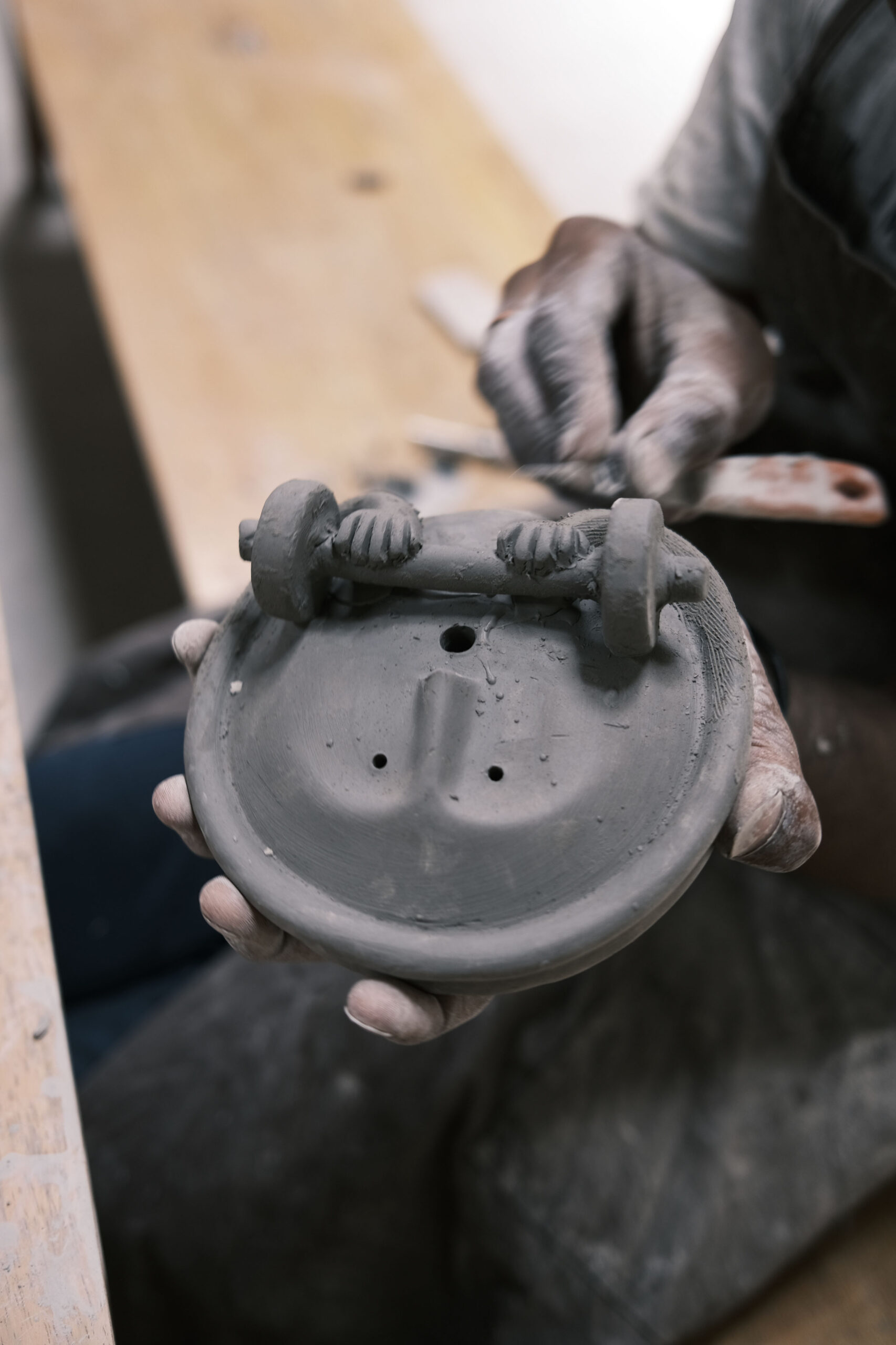
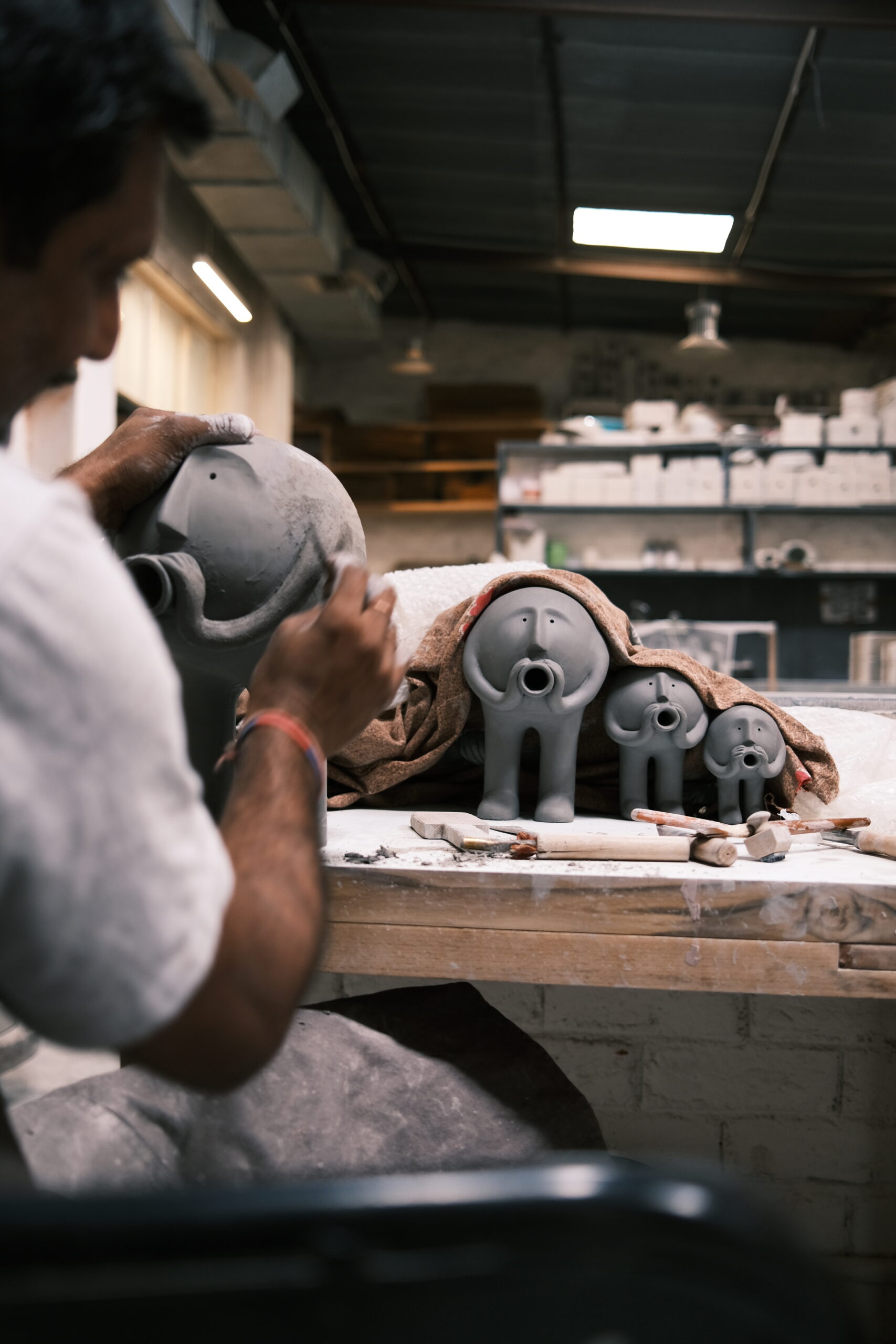
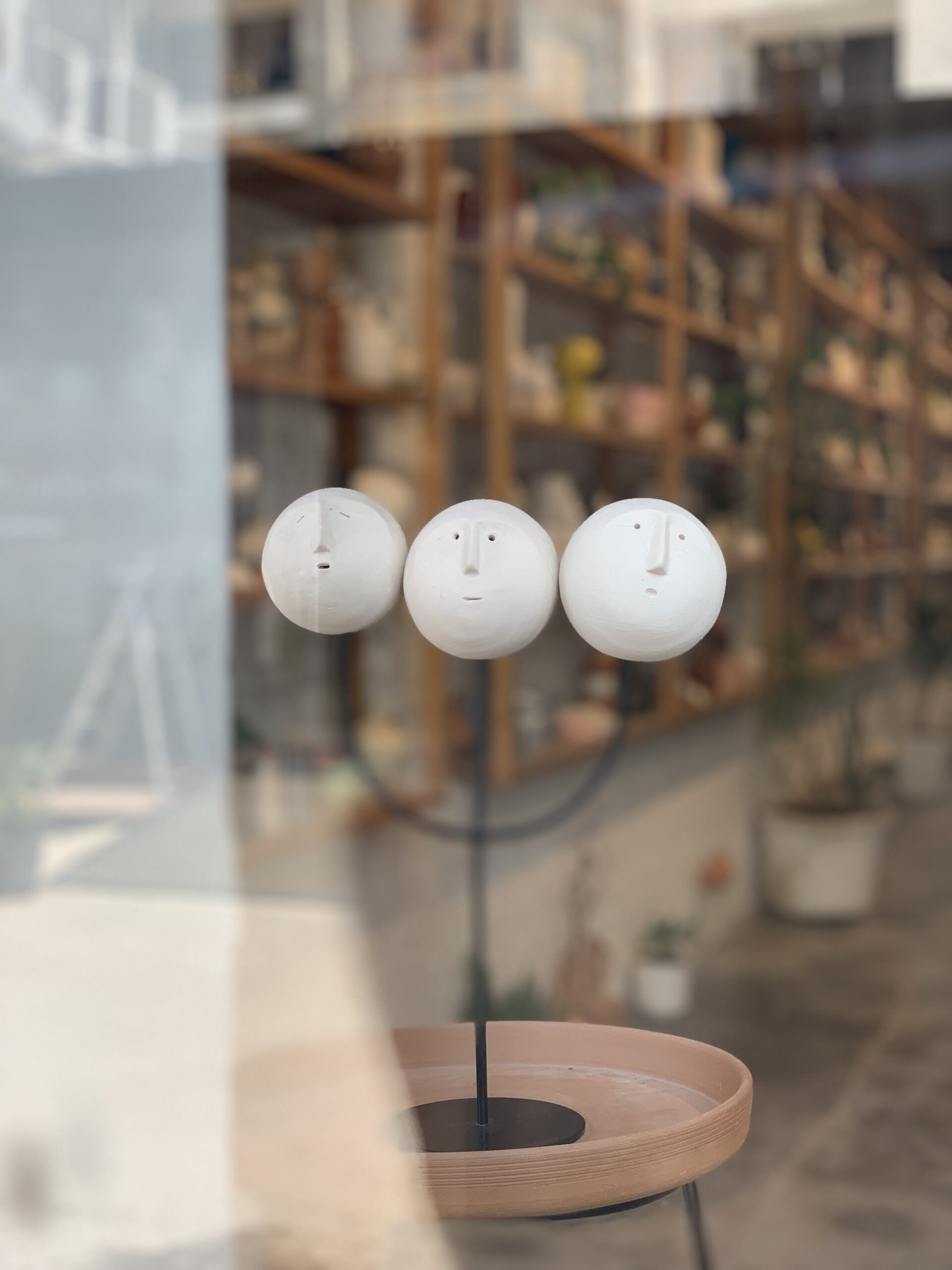
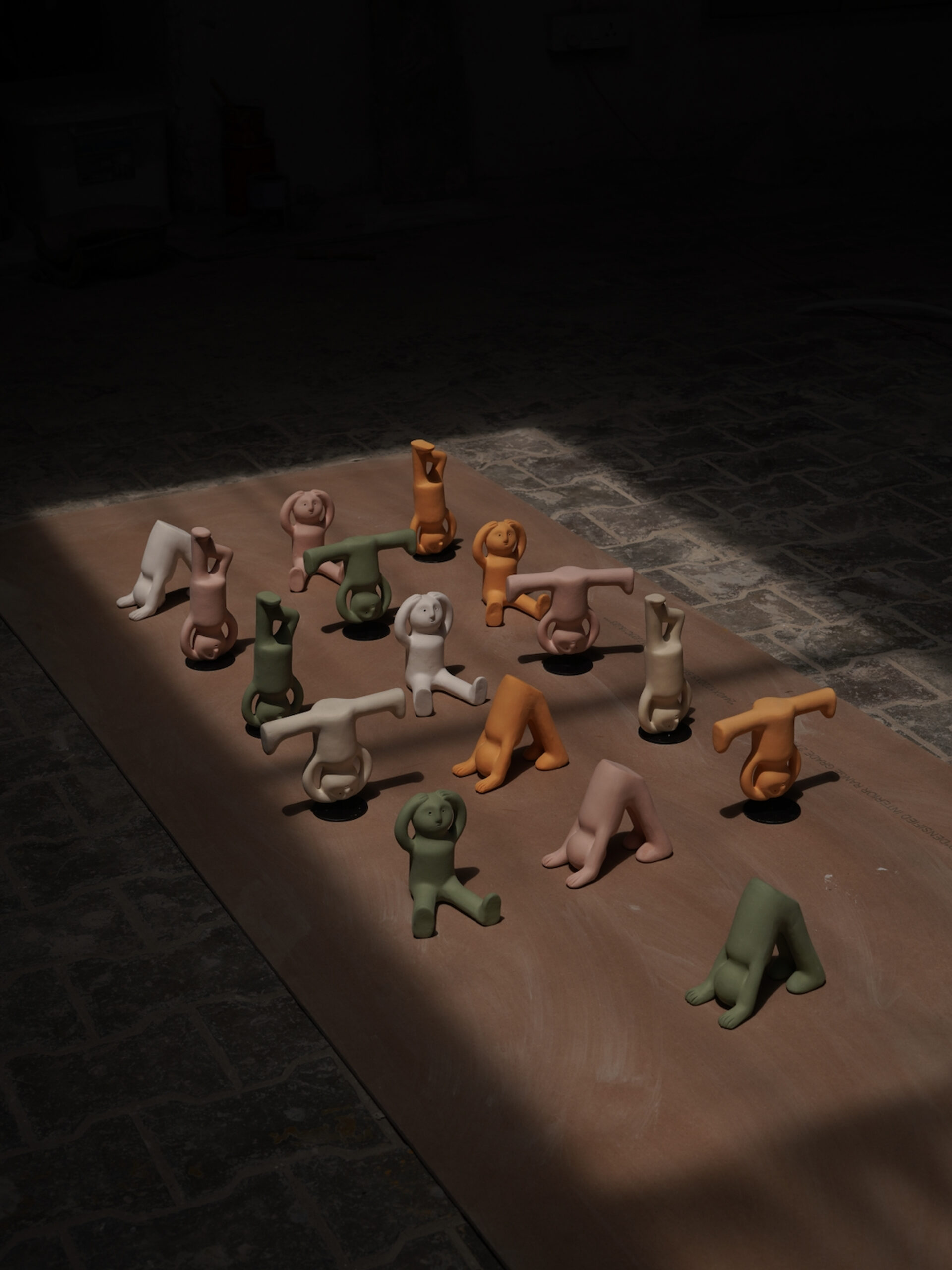

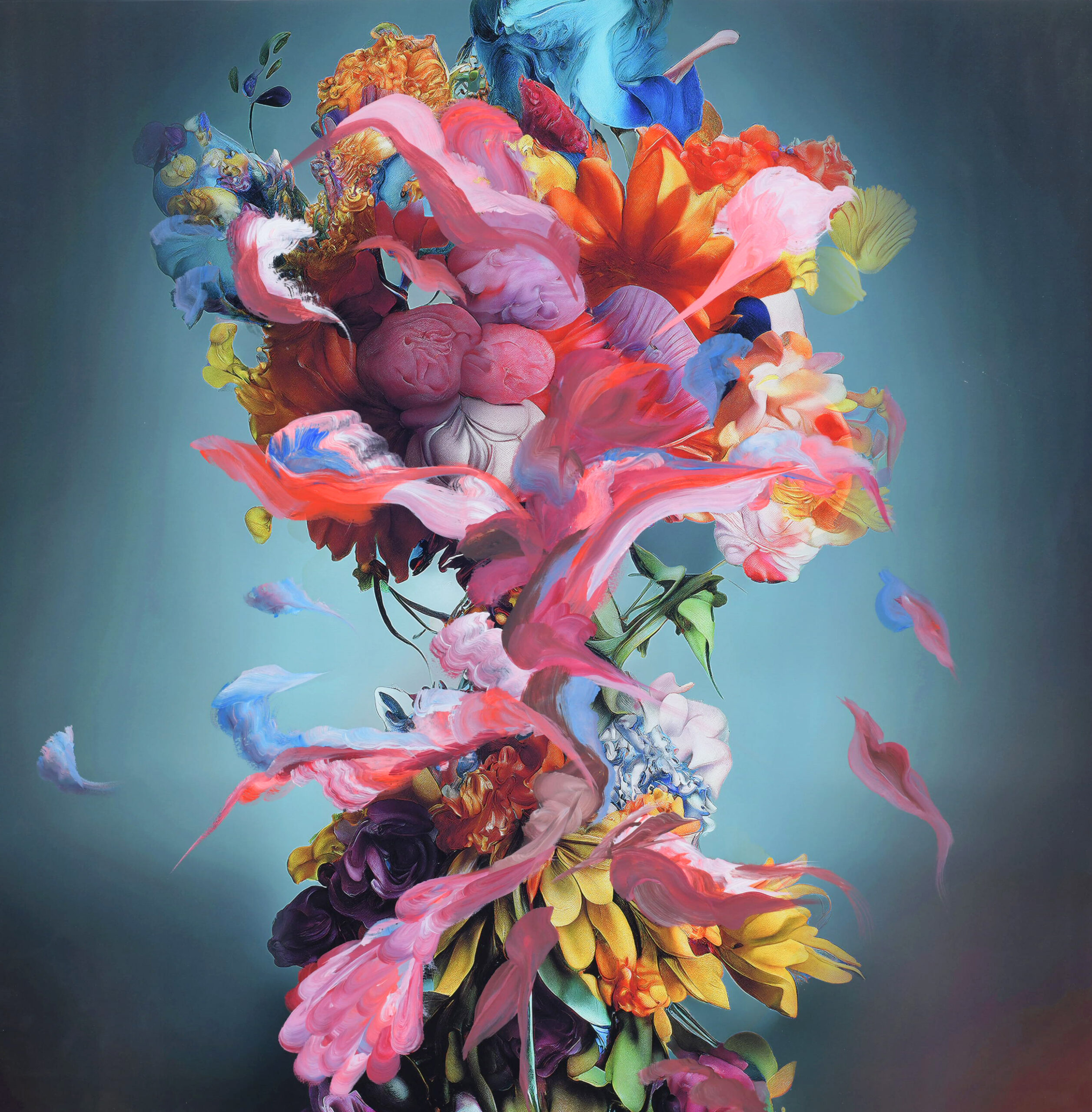
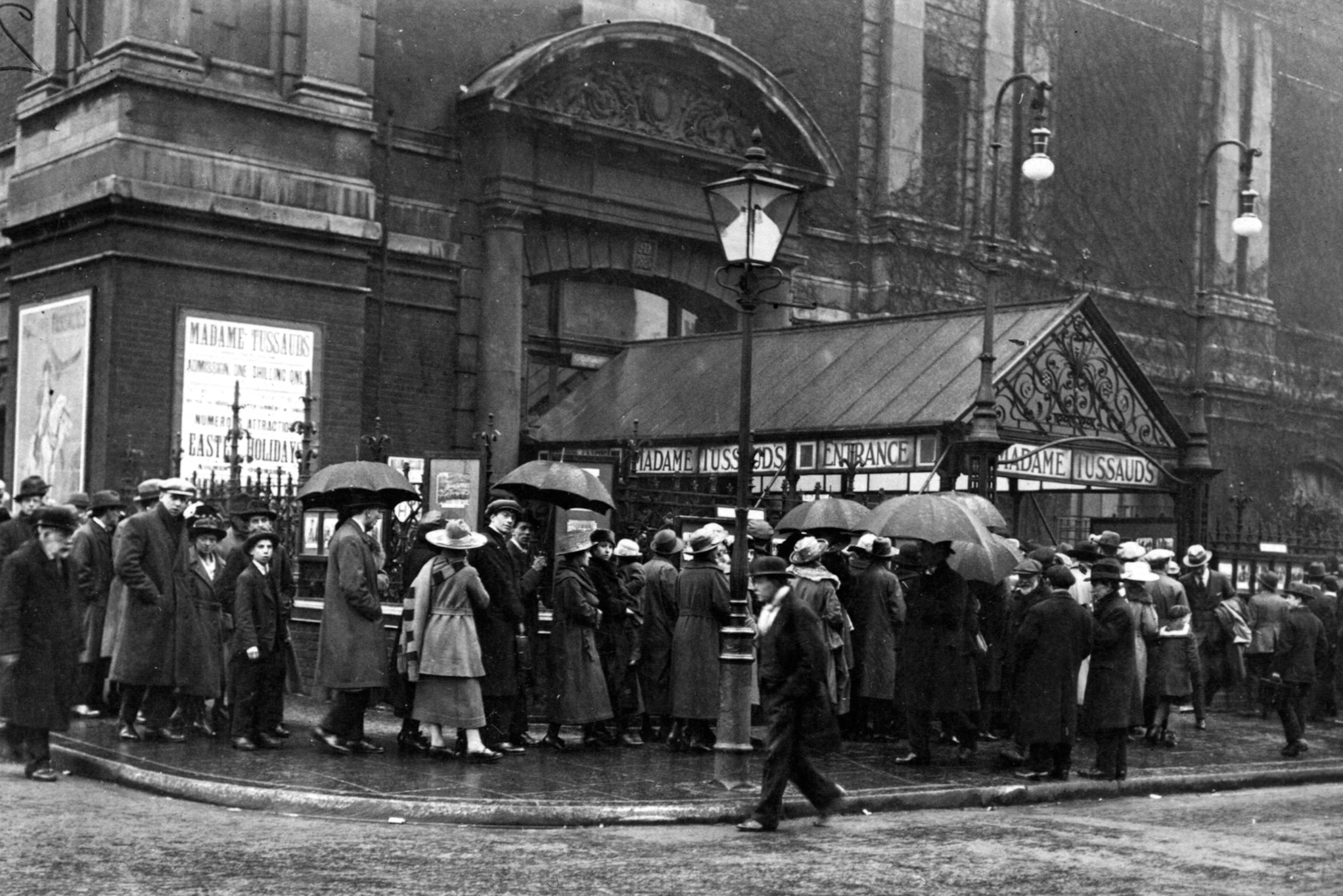

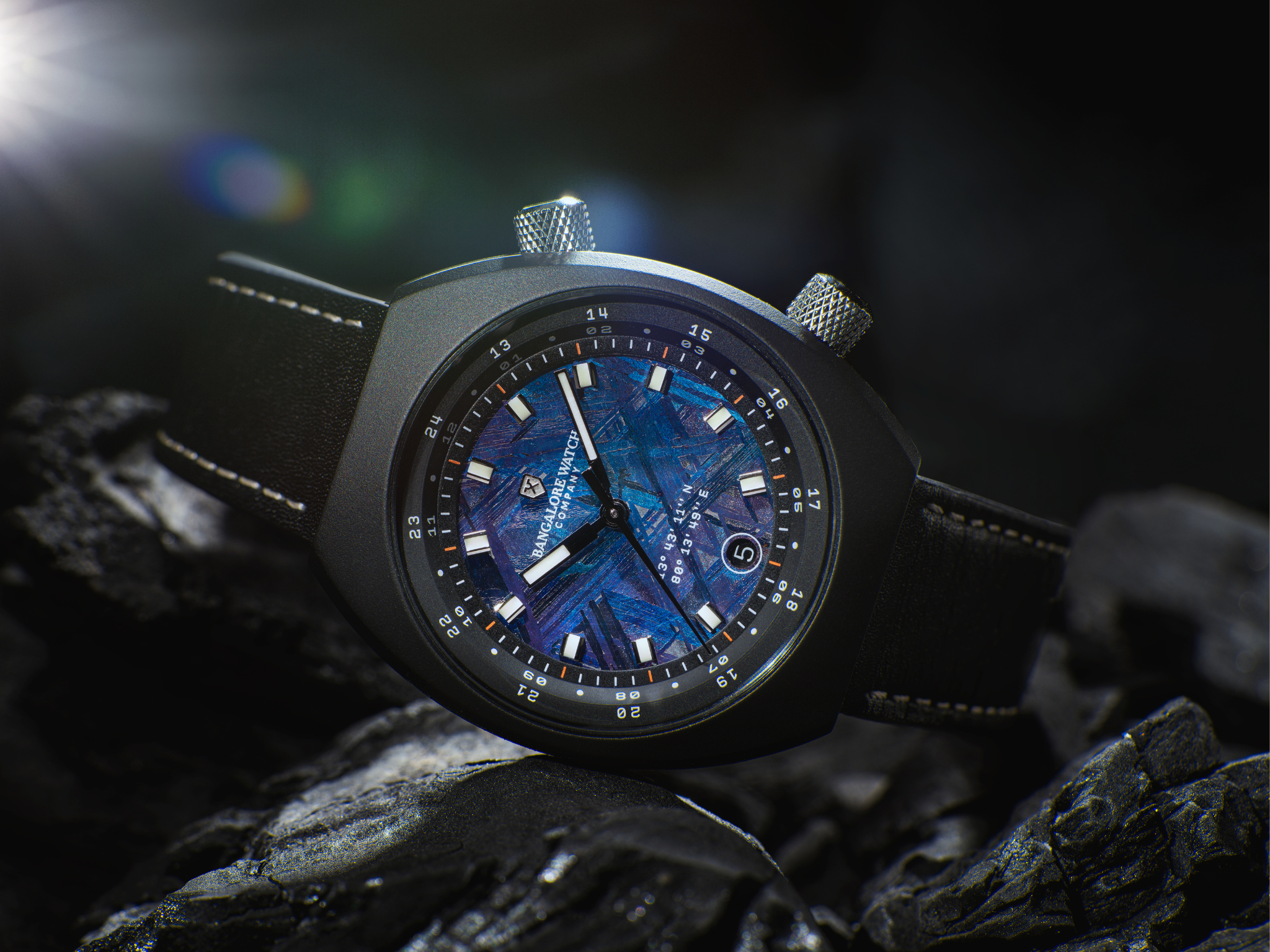
Nicely articulated